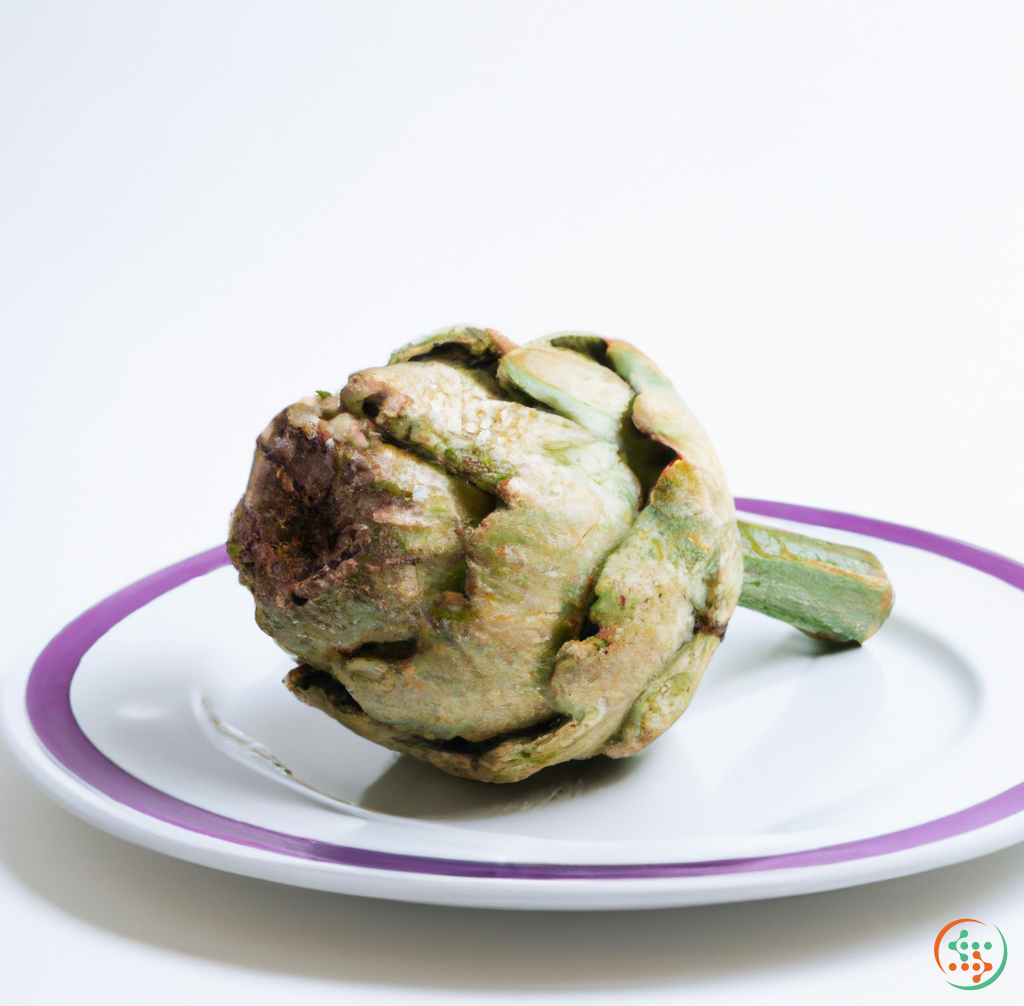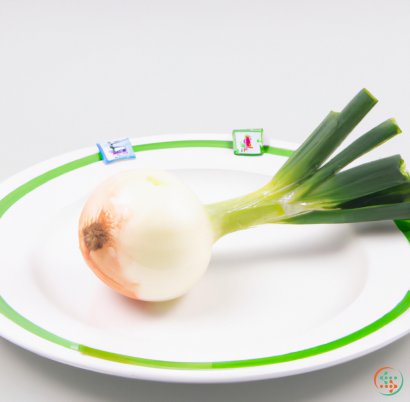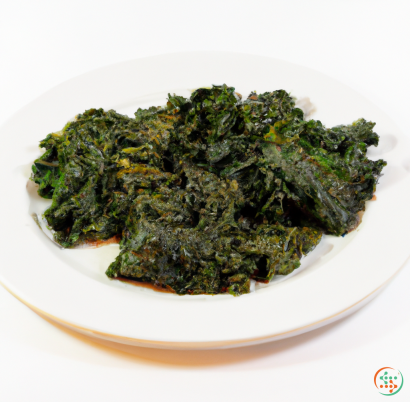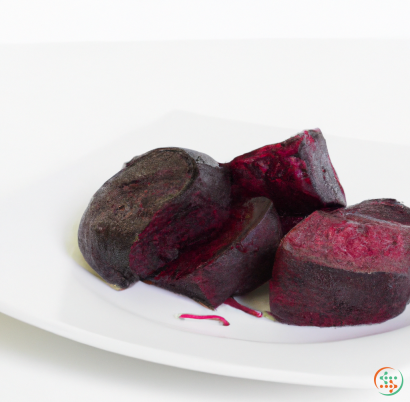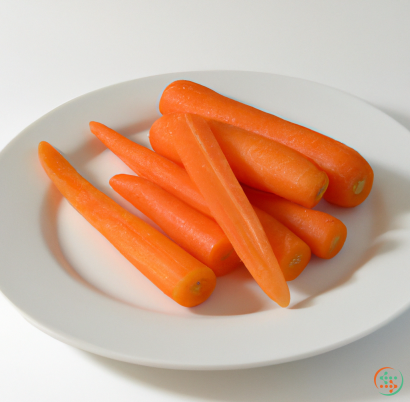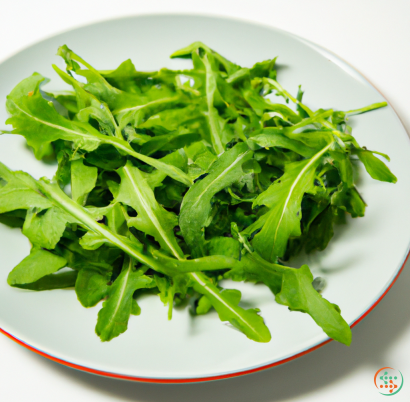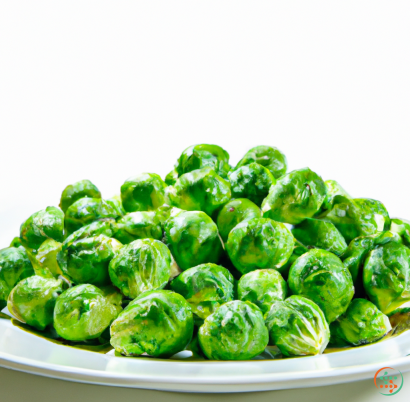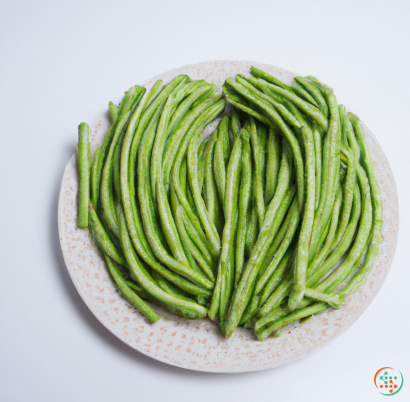Cardoon
What is a Cardoon?
A cardoon is an edible Mediterranean plant belonging to the thistle family, native to regions of Spain, Italy, and northern Africa. The plant has long, silvery, bluish-green leaves that are deeply serrated, resembling opuntia cactus pads. These leaves are attached to a thick, spiny stalk, which ranges in size from 3 to 6 feet (1 to 2 meters) in height. Cardoons are a popular vegetable in Mediterranean cooking, used either cooked or raw as an ingredient.
Cardoon shares many similar characteristics with artichoke, and have an edible flower head that tastes like artichoke hearts when cooked. Both vegetables can also be eaten raw in salads – although cardoon does have a slightly sharper flavor that artichoke.
Appearance
Cardoons have large, spiny, phyllodes (spiny modified leaves), which vary in length from 3 to 6 feet (1 to 2 meters) and in breadth from 1 to 2 inches (2.5 to 5 centimeters). The leaves are heavily serrated with a central vein, and they have a thick, opaque texture that makes them relatively strong. Cardoons also bear clusters of small yellow flowers along the stem in the summer months.
Culinary Use
In the kitchen, cardoons are sliced into strips and sautéed in butter or oil and seasoned with garlic, salt, and pepper. They can also be steamed, boiled, or served as a salad. Cardoon is known for its distinctive sweet and nutty flavor, often served as an accompaniment to roast meats, poultry, or fish. Its dense texture holds up well to longer cooking times, making it ideal for soups and stews. Raw cardoons can be thinly sliced and served as part of a salad, providing a crunchy texture with a mild, somewhat grassy taste.
Nutritional Benefits
Cardoon is a great source of carbohydrates, fiber, vitamins, and minerals. It is particularly high in vitamin C, calcium, and magnesium, which are essential for maintaining a healthy immune system and bone health. Cardoon is also a good source of folate, and contains more antioxidants than many green vegetables, providing protection from free radicals and cancer.
Growing Cardoons
Cardoon is an easy-to-grow plant and will thrive in any well-drained soil with plenty of sun and warmth. It is best started from seed in the early spring after the last frost and can be planted directly into the ground. Alternatively, it can be grown in pots in a greenhouse. Once planted, the seeds need to be sown very shallowly, as the delicate plants can be easily damaged.
The plants require regular watering during the summer months, however, waterlogging should be avoided as this can cause crown rot. Cardoons will require some staking as the stems can grow tall and top-heavy. The plants should be harvested when the stems are 2 to 3 feet (0.6 to 0.9 metres) in length.
Cardoons are a unique and delicious vegetable that is easy to cultivate and appears in many different cooking styles. If you are looking for a unique and flavorful addition to dishes or salads, cardoon is a great option to consider.
The Journey of the Cardoon from Field to Table
Cardoons are an ancient crop that is making a comeback in modern times. It's a unique vegetable that can be eaten raw, cooked, or pickled, and is often used for salads and appetizers. Its thick stems add crunch and a distinct flavor to many dishes.
But before cardoons make it to your dinner plate, they must go through quite a journey. In this blog post, we will take a look at the entire process, from the moment the seed is planted in the field to the moment it arrives on your dinner plate.
Planting the Seeds
Cardoon is an annual plant, meaning its life cycle runs over a single year. The process starts with selecting and planting the right variety of cardoon seed. Cardoon seeds are relatively large, ranging from 1/8 to ¼ of an inch (3 to 6 millimeters) in size. Each seed has a thin, hard coat, which helps it survive the cold winter months.
The seeds need to be sown about two inches deep into well-drained soil. The soil can be fertilized with compost to improve the soil fertility and structure. Cardoons like plenty of sunlight and need to be planted away from the shade of more established plants.
Growing the Plants
The cardoons take about 30 to 45 days before they germinate. Once germination occurs, the plants grow quickly, reaching full size in just one to two months. Every few days during this time, the young plants need to be weeded and thinned out to allow sufficient breathing and light to promote photosynthesis.
Cardoons require regular watering, especially during dry periods. An irrigation system or soaking the soil slowly and deeply is ideal. As the plants grow, their edible stem thickens and their kohl-rabi-like leaves spread out around them.
Harvesting the Cardoons
The cardoon plants mature in just four to eight weeks. By this time, each leaf stalk may measure up to five feet (1.5 meters) in length. At the maturity point, the cardoon leaves should be harvested while they are still a vibrant green color.
A few weeks later, the calloused flower stems are also cut from the plant. These are the parts that eventually reach the dinner plate. Care must be taken during harvesting, as cardoons bruise easily and cannot be stored.
Transport and Packaging
After harvesting, the cardoon stalks are carefully packaged for transport. They are placed in special cardboard boxes that are lined with damp newspaper. This ensures that the cardoons stay crisp and remain firmly upright during the journey to their destination.
The cardoons are stored in cool temperatures and transported to their destination by road. From there, they are delivered to their destination, usually a grocery store or restaurant, with utmost care not to cause any damage.
Care in the Kitchen
Once the cardoons reach the kitchen, the dishwashing and pre-cooking preparation begin. Cardoons need to be clean before further processing, so first they are washed under cold running water. Then all the cut ends and old, brown leaves are removed and discarded.
The thick stems of the cardoons are then peeled, the outer layers and all the strings are removed. Depending on how you are going to use the cardoons, the peeling layers may range from two to five. Finally, the cardoon stalks are trimmed down and ready for further processing.
Preparing the Meal
The cardoon stalks are usually boiled or steamed, which helps soften the tough and chewy core. Some chefs add a little salt or acid to the boiling water, as this helps to tenderize the cardoon.
Once the cardoons are cooked through, they can be incorporated in salads, fried, grilled, or roasted. Some chefs prefer to deep-fry the stems and serve them as a side dish or crunchy appetizer. Others may sauté them and add to soups, stews, and other warm dishes.
Presenting at the Table
When everything is ready, the meal is carefully presented on the dinner table. Depending on the dish, cardoons may appear arranged as a whole leaf, chopped finely as an accompaniment to other vegetables, or sliced into thin strips as part of a salad.
The presentation of the cardoon dish is often what makes it stand out from other dishes. Cardoons provide a unique texture and flavor and look quite stunning when arranged with some color and imagination.
In the End
Cardoons have gone a long way from the field to the dinner table. This hardy vegetable has been around for centuries, and it’s only recently that it’s started to make its way onto the dinner table again. With its crunchy texture and unique flavor, it’s no wonder it’s growing in popularity.
Now that you know how this crop is grown and travel, why not give it a try in your kitchen? Many recipes can take advantage of cardoons, including soups, salads, and even appetizers. Who knows, you may just find a favorite new way to enjoy this ancient crop.
| Vitamin A | 0.006 mg | |
| Vitamin C | 0.0017 grams | |
| Vitamin B1 | 0.02 mg | |
| Vitamin B2 | 0.03 mg | |
| Vitamin B3 | 0.29 mg | |
| Vitamin B5 | 0.1 mg | |
| Vitamin B6 | 0.04 mg | |
| Vitamin B9 | 0.022 mg |
| Calcium | 0.072 grams |
Daily Value 1.3 g
|
| Iron | 0.73 mg |
Daily Value 0.018 g
|
| Magnesium | 0.043 grams |
Daily Value 0.4 g
|
| Phosphorus | 0.023 grams |
Daily Value 1.25 g
|
| Potassium | 0.392 grams |
Daily Value 4.7 g
|
| Sodium | 0.176 grams |
Daily Value 2.3 g
|
| Zinc | 0.18 mg |
Daily Value 0.011 g
|
| Manganese | 0.13 mg |
Daily Value 0.0023 g
|
| Selenium | 0.001 mg |
Daily Value 0.055 mg
|
| Total Sugars | 0.131141 grams |
per 100g
|
| Palmitic acid (16:0) | 0.01 grams |
|
| Total Saturated fatty acids: | 0.01 g | |
| Oleic acid (18:1) | 0.02 grams |
|
| Total Monounsaturated fatty acids: | 0.02 g | |
| Linoleic acid (18:2) | 0.04 grams |
|
| Total Polyunsaturated fatty acids: | 0.04 g | |
